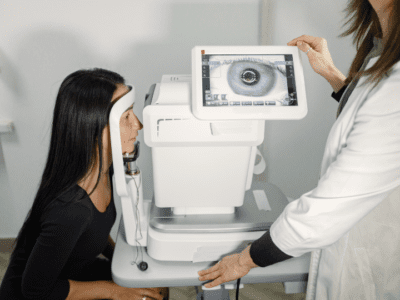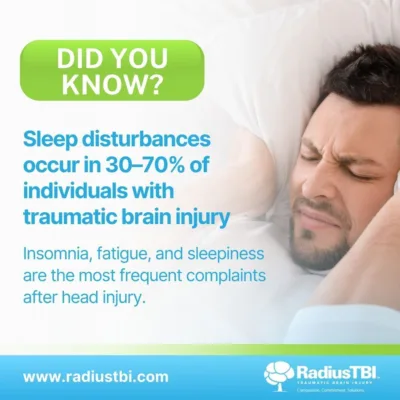Understanding Brain Mapping
Who Interprets a QEEG Brain Map?
Integrative Care for Concussion / Head Injury Sufferers
in Ft. Lauderdale, Tampa, and Orlando, Florida
What is a QEEG Brain Map and Who Can Accurately Interpret It?
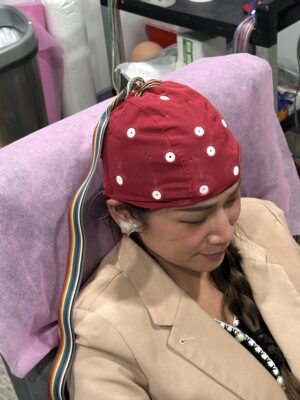
QEEG Brain Mapping Interpretation by Physiologist/Neuropsychologist or QEEG Diplomat
In the world of neuroscience, one of the advanced tools used to understand brain function is the Quantitative Electroencephalogram (QEEG), often referred to as brain mapping. But who interprets these intricate brain maps, and why is their expertise crucial?
What is QEEG Brain Mapping?
A QEEG brain map is a detailed analysis of the electrical activity of the brain. It involves placing sensors on the scalp to record brainwave patterns and then using sophisticated software to analyze this data. The resulting brain map provides a visual representation of brain function, highlighting areas of normal and abnormal activity.
The Role of a Board-Certified Neurofeedback (BCN) Physiologist or QEEG Diplomat
Interpreting a QEEG brain map is no simple task. It requires a deep understanding of both the technology and the brain’s intricate workings. This is where a Board Certified Neurofeedback (BCN) Physiologist comes in. These professionals have extensive training and certification in neurofeedback and QEEG analysis. They are equipped with the skills needed to accurately interpret brain maps and provide meaningful insights.
Expertise at AT Radius TBI
At Radius TBI, the EEG recording and QEEG analysis are conducted by seasoned BCN Physiologist. These experts bring years of experience to the table, ensuring that each brain map is interpreted with precision. Their extensive background in QEEG interpretation allows them to identify subtle patterns and abnormalities that less experienced practitioners might overlook.
Why Experience Matters
The experience of a BCN Physiologist is crucial for several reasons:
- Accuracy: Years of interpreting brain maps enable therapists to make accurate assessments of brain function.
- Insight: Experienced therapists can provide deeper insights into the implications of the brain map, leading to more effective treatment plans.
- Customization: They can tailor neurofeedback therapy to the specific needs of the individual, optimizing outcomes based on the brain map’s findings.
The Process at AT Radius TBI
At Radius TBI, the process begins with a thorough EEG recording session, where the brain’s electrical activity is captured. This data is then analyzed by the BCN Physiologist, who creates a detailed QEEG brain map. The therapist interprets the map, identifying areas that may benefit from neurofeedback therapy. This interpretation forms the basis for a personalized treatment plan designed to improve brain function and overall well-being.
QEEG Brain Mapping Interpretation by Certified Physiologist/Neuropsychologist or QEEG Diplomat
Interpreting a QEEG brain map is a complex process that requires specialized training and experience. At Radius TBI, this task is entrusted to a board-certified neurofeedback physiologist who dedicated years to mastering QEEG analysis. Their expertise ensures that every brain map is accurately interpreted, providing valuable insights that guide effective treatment strategies. If you’re seeking to understand better your brain’s function, a QEEG brain map interpreted by an experienced BCN Physiologist is a crucial step on the journey to improved mental health.
Routine EEG, QEEG, and Ambulatory EEG are distinct forms of electroencephalography, each serving unique purposes in the diagnosis and monitoring of neurological conditions. Routine EEG provides a snapshot of brain activity, while QEEG adds a quantitative dimension for in-depth analysis. Ambulatory EEG, with its extended recording duration, is invaluable in capturing intermittent neurological events, offering a comprehensive view of brain function over an extended period. The combined use of these EEG variants enhances the ability of healthcare professionals to diagnose, monitor, and tailor treatment plans for patients with various neurological disorders.
Have you ever experienced brain fog, difficulty concentrating, or other cognitive issues? If so, you may benefit from a QEEG test. A non-invasive way of measuring brain activity. Contact us now!
DID YOU KNOW?
TBI is a major cause of death and life-long disability in the United States. (including all levels of severity)
- An estimated 1.5 million Americans sustain a TBI (Sosin, Sniezek and Thurman 1996);
- 50,000 die from these injuries; and 80,000 to 90,000 experience onset of long-term disability (CDC 1999).
- An estimated 5.3 million Americans live with a permanent TBI-related disability today (CDC 1999).
According to the report to Congress on mild traumatic brain injury in the United States. Centers for Disease Control and Prevention; 2003. https://www.cdc.gov/traumaticbraininjury
Blogs

How Do You Know If Your Child Has Autism?
Recognizing the early signs and symptoms of autism is crucial for parents and caregivers, as early intervention can significantly improve a child’s outcomes. In this blog, we will explore how parents can identify the warning signs of autism and discuss
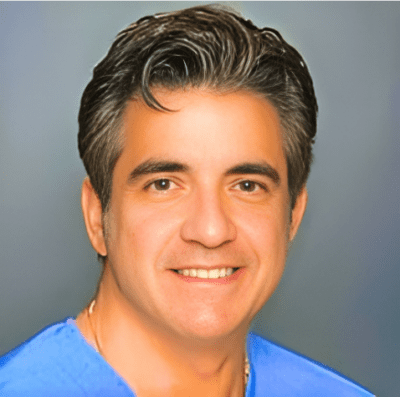
Dr. Eric F. Ciliberti: Our Best Neuro-ophthalmologist in Broward, County Location
Optimizing Visual Health: Meet Top Neuro-Ophthalmologist in Broward. Discover how Dr. Ciliberti enhances visual health at Radius TBI in Florida.
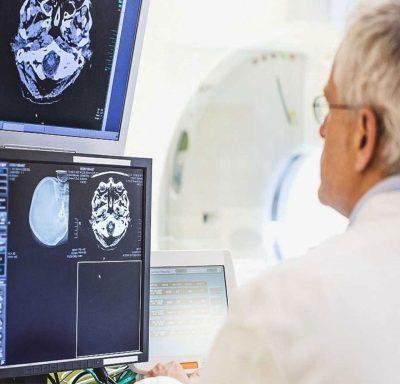
Exploring Brain Injury: Get Help From Our Rehabilitation Program
Expert Diagnosis & Treatment of Brain Injury at Radius TBI Medical Center in Broward County & Pinellas County, FL. Gets the Help You Deserve!
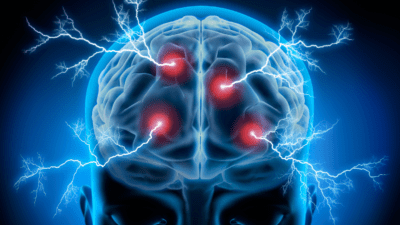
Understanding Routine EEG, QEEG, and Ambulatory EEG Tests
EEG, QEEG, and Ambulatory EEG are distinct forms of electroencephalography, each serving unique purposes in the diagnosis and monitoring of neurological conditions.
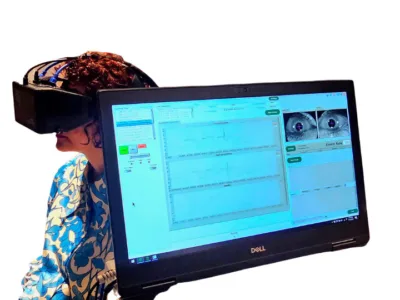
Are you struggling with dizziness, vertigo, or unexplained balance issues?
Videonystagmography (VNG) is a diagnostic procedure that assesses the performance of the vestibular system, the brain and the inner ear, which is essential for maintaining balance and spatial orientation. Often used to distinguish between central and peripheral causes of dizzy
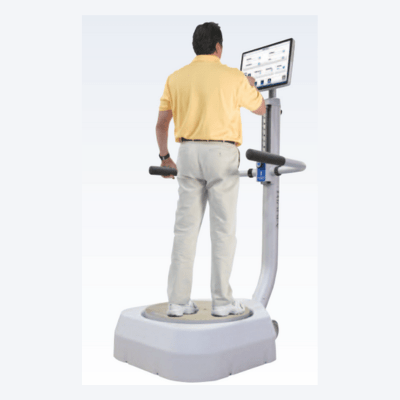
The Power of Balance Assessment Test: Unlocking TBI Treatment Options
A thorough balance assessment is an essential step in managing the symptoms associated with TBI-related balance disorders.
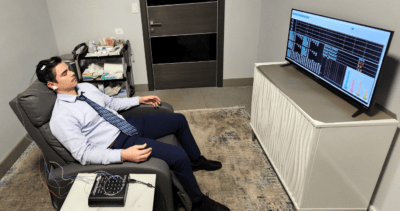
Unlocking the Potential of Your Brain with Neurofeedback
Do you experience anxiety, ADHD, depression, or sleep disorders? Neurofeedback can help you feel better overall and reduce the symptoms of these conditions. In this blog post, we’ll discuss what neurofeedback is, how it works, and its potential advantages for


